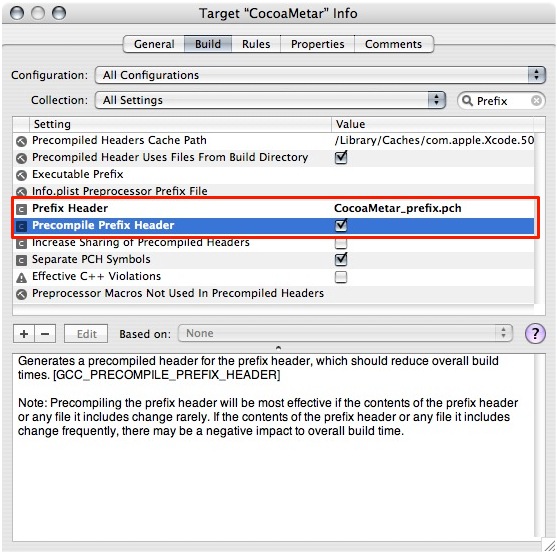All the fellowing informations are found in the WWDC 2006 state of she union conference that was firstmade available to ADC Online (registration is free) members the last week. Most of the items I’ll enumerate are not new for the ones that fellow the Apple actuality, but it’s good to see them all in one place and confirmed directly from Apple.
- Not only the Unix layer but also the graphics, frameworks and Aqua are now 64 bits
- New features to ease the use of multi-core machines (NSOperation & NSOperationQueue)
- Objective-C will now have a garbage collection (the old reference counting can still be used)
- Open-GL comes now in a multi-threaded fashion
- Core Animation is improved with implicit animations and NSGridView (you have to see it to beleive it)
- OS 10.5 will be resolution independant
- Spotlight can now searche through the network
- New system of preview that allows developers to chose what kind of preview a document should have (the same principle as for preview icons that are generated for pictures)
- New system of help where not only the search explains you how to do things but also open the right menu for you
- Time machine with its incremental backup
I must say that after looking at the video I wonder if I’m not goint to buy an ADC Select membership. I don’t know if Apple provide this video just to sell more ADC membership, if it was to make buzz around Leopard just when Vista is coming or for any other reasons that I can’t imagine, but I must admit that the quality of the stuff provided is amazing.




